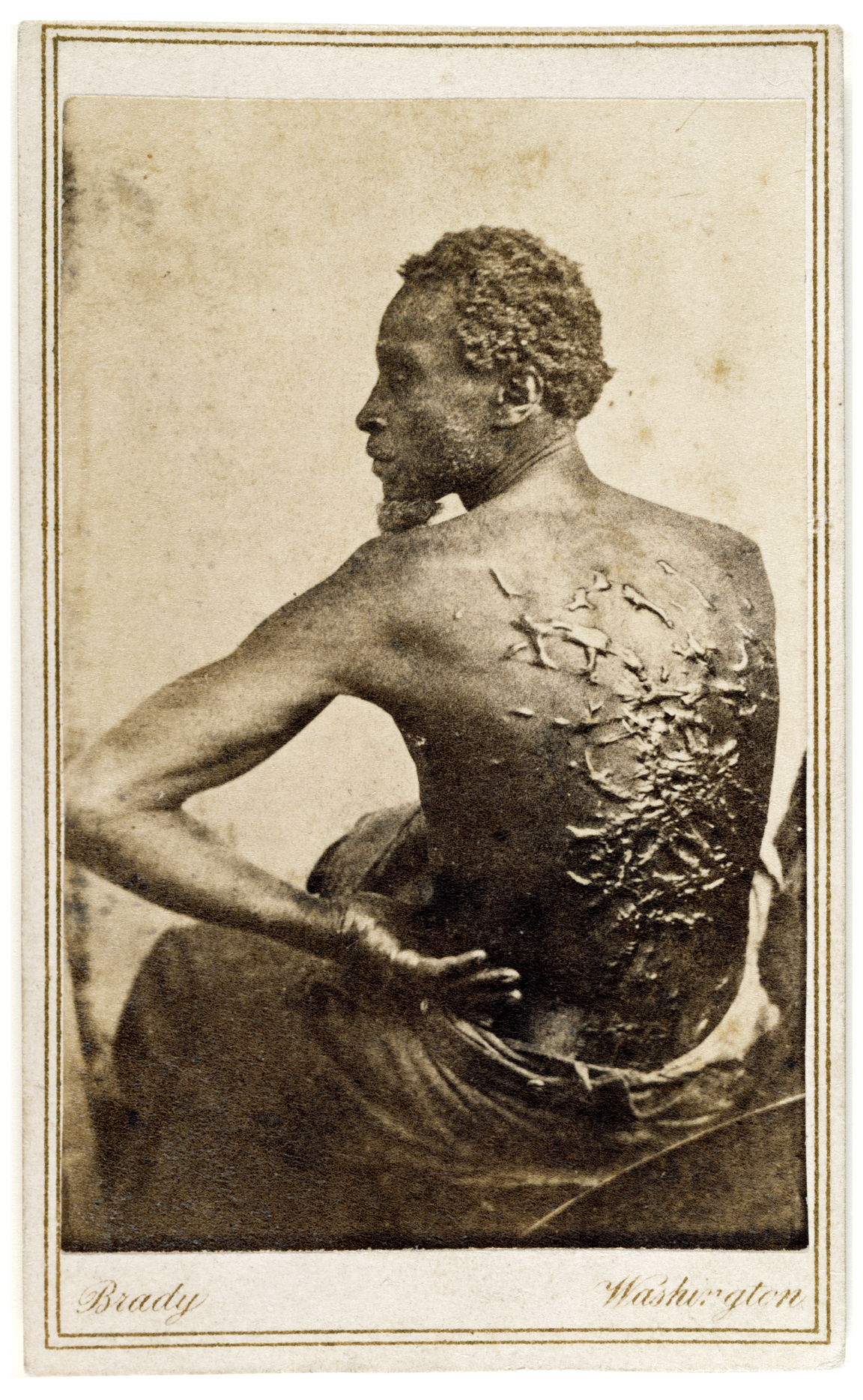
Did you know that a photo of a Baton Rouge man was key to exposing slavery during the 1860s?
In March of 1863, a slave known only as Gordon escaped from the southern Louisiana plantation of John and Bridget Lyons.
After a harrowing miles-long voyage, he found safety with Union soldiers camped in Baton Rouge. Gordon then vowed to fight for the Union in a black regiment, where he would eventually become a sergeant.
Before he could fight, he was examined by doctors. They discovered deep, horrendous scarring on his back from whippings received in slavery. Photos were taken by photographer Mathew Brady and published in Harper’s Weekly, the most widely read publication across America during the Civil War.
|
|
When Gordon’s story reached the public, it stirred outrage. The photo quickly became one of the most powerful pieces of evidence showing slavery’s brutality. One journalist at the time said, “This Card Photograph should be multiplied by 100,000 and scattered over the States. It tells the story in a way that even Mrs. [Harriet Beecher] Stowe can not approach, because it tells the story to the eye.” Stowe was an abolitionist and author of the bestselling novel depicting slavery, Uncle Tom’s Cabin.
Abolitionists distributed copies of the photograph of Gordon throughout the country to expose the horrors of slavery, and the country paid attention.
The photo is now considered to be one of the most iconic images ever taken and has recently been displayed at the Smithsonian Institution’s National Portrait Gallery in Washington, D.C., and many other museums. It even made its way into the Academy Award-winning 2012 film Lincoln.
While Sergeant Gordon was reported to have fought bravely in the Union assault on Port Hudson later in 1863, not much else is known about his life. But, what we do know about this courageous Baton Rouge man is enough for the history books.
This article was originally published in the November 2016 issue of 225 magazine.
|
|
|
